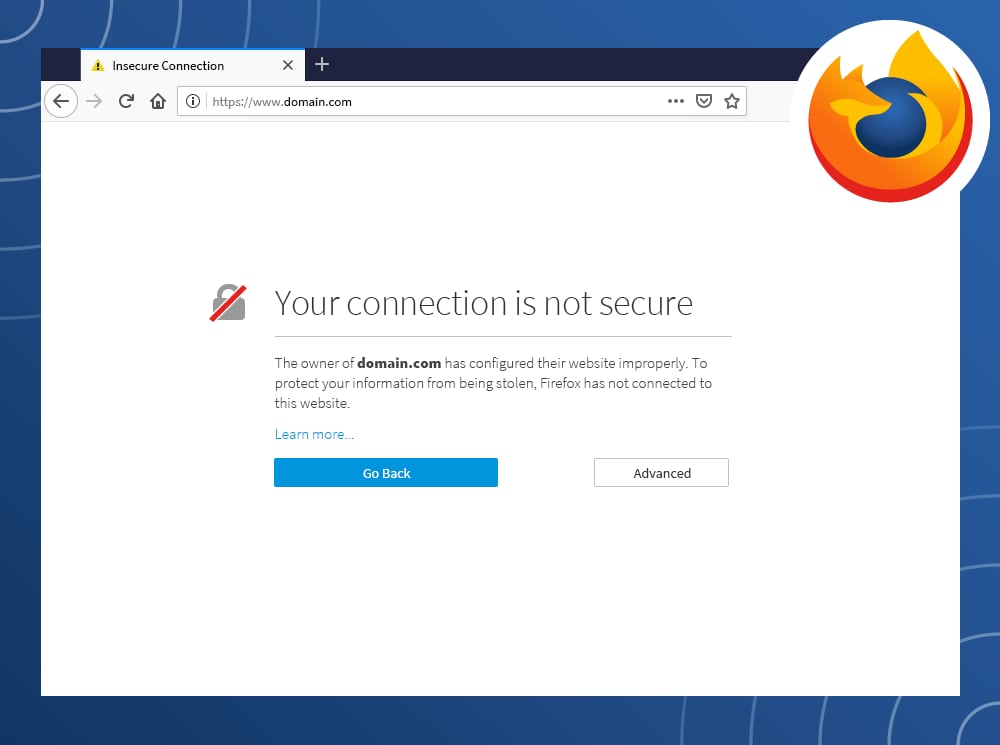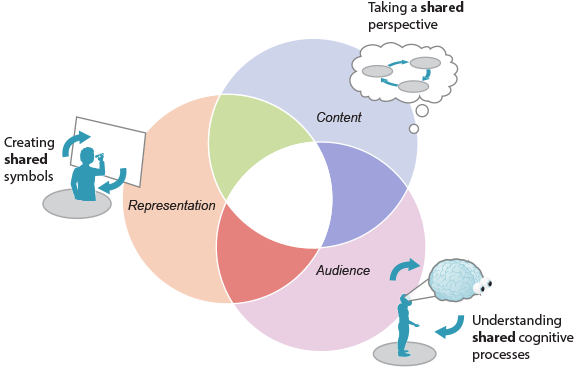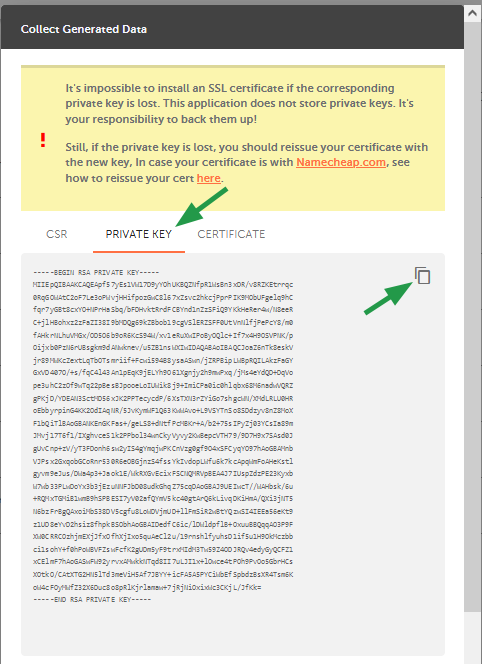
It is important to secure Apache in order to maintain the integrity and confidential of your server data. It can be used to prevent unauthorized entry, protect data against loss or corruption and minimize the effects of security breaches.
1. Apache Server: Securing it
First, ensure that the Apache server can only be accessed by authorized people. The combination of authentication with authorization is used to achieve this. In order to login to a server, the user must verify that they are indeed who they claim to by providing a valid email or password.
2. Apache Webserver: How to Secure it
The second step to securing Apache is to ensure that no one else can edit the configuration files. You can do this by changing the permissions of the bin and the conf folders. The default settings permit any user to view or modify the files.
3. Secure the logs
In order to secure an Apache webserver, the third step is to safeguard the logs. This can be achieved by putting the logs on separate media or backing them up onto a different system.

4. Hide Apache Version Numbers, OS Versions, and Operating Systems
Administrators often make the mistake of leaving the OS and version number visible in the response returned by an HTTP server. This information can be used by hackers to target servers and exploit vulnerabilities in the operating systems or software packages they use.
5. Hide ETag Header
Hide the ETag header, which contains sensitive information about your Apache server. This is required for PCI compliance, and it helps to keep sensitive information from being revealed to attackers.
6. Disable SSIs (Security Services Indicators) and Cookies
The use of SSIs, and cookies can be used to effectively secure Apache web servers. This will help stop Cross-Site Scripting Attacks (XSS), and other exploits, which can cause serious damage to a site.
7. Strict Transport Security
HTTP strict transport security is another security feature that should be enabled. This feature limits the type of connections that are accepted to web browsers, limiting their ability to connect with insecure protocols such as SSL and weak ciphers.

8. Adding the X-XSS-Protection Header
The X-XSS-Protection heading is a way to protect your site from Cross-Site Scripting, which could crash your website or display misleading information.
9. Web Application Firewalls Enabled
Installing and configuring a WAF firewall (web application fire wall) will add an additional layer of protection to your Apache web server. These tools offer protection against a wide variety of network, application, or web-server attacks.
10. Assure that Apache is updated and properly patched.
It is possible for a security vulnerability in Apache to have a devastating effect on the server's functionality. As soon as possible, a security update should be applied to the server. This will ensure that hackers are not able to exploit any vulnerabilities.
FAQ
How do you create a free website.
This will depend on the type and purpose of your website. Are you looking to sell products, build a website, or create a portfolio online?
A combination of HyperText Markup Language, Cascading Stil Sheets and HTML can create an essential website. You can create a simple website with HTML and CSS. But most web developers recommend using a WYSIWYG editor (such as Dreamweaver, Frontpage).
Hire a freelance web developer if your skills are not in-depth. They can help create a custom website for you based on your requirements.
A freelance developer may charge you either a flat-fee per project, or an hourly fee. The amount of work they do within a certain time frame will affect the cost of hiring a freelancer.
For example, some companies charge $50-$100 per hour. Higher rates will be charged for larger projects.
Many freelance websites also list open jobs. You could search there first before contacting potential developers directly.
Can I make my website using HTML and CSS?
Yes, you can! You will need basic knowledge of web design and programming languages like HTML (Hyper Text Markup Language) and CSS (Cascading Style Sheets). These two languages make it possible to create websites accessible by all who have an internet connection.
What does a UI designer do?
An interface designer (UI) creates interfaces for software products. They are responsible for designing the layout and visual elements of an application. Graphic designers may also be part of the UI designer.
The UI Designer should be a problem solver who understands how people use computers and what makes them tick.
A UI Designer should have a passion in technology and software design. From the development of ideas to their implementation into code, a UI Designer must have a thorough understanding of all aspects.
They should be able use a variety of tools and techniques to create designs. They should be able to think creatively and solve problems by creating innovative solutions.
They must be organized and detail-oriented. They should be able create prototypes quickly and efficiently.
They should be comfortable working with clients, both large and small. They should be able, and willing, to adapt in different environments and situations.
They must be able communicate with others effectively. They should be able communicate clearly and concisely.
They should be well-rounded individuals who possess strong communication skills.
They must be motivated and driven.
They should be passionate about their craft.
Which website builder should I use?
Start small to create a strong web presence. If you have the resources and time to create a fully-fledged website, go for it. Start with a basic blog, even if your budget is limited. As you become proficient in web design and development, you can add features as needed.
Before you start building your website, it is important to establish a primary domain. This will give you a pointer to which to publish content.
Do I require technical skills to design or build my website?
No. All you need to understand HTML and CSS. Tutorials that teach HTML and CSS can be easily found online.
Statistics
- It's estimated that chatbots could reduce this by 30%. Gone are the days when chatbots were mere gimmicks – now, they're becoming ever more essential to customer-facing services. (websitebuilderexpert.com)
- At this point, it's important to note that just because a web trend is current, it doesn't mean it's necessarily right for you.48% of people cite design as the most important factor of a website, (websitebuilderexpert.com)
- In fact, according to Color Matters, a signature color can boost brand recognition by 80%. There's a lot of psychology behind people's perception of color, so it's important to understand how it's used with your industry. (websitebuilderexpert.com)
- It's estimated that in 2022, over 2.14 billion people will purchase goods and services online. (wix.com)
- When choosing your website color scheme, a general rule is to limit yourself to three shades: one primary color (60% of the mix), one secondary color (30%), and one accent color (10%). (wix.com)
External Links
How To
How to use Drupal 7 for Web Design
Drupal is one the most widely used Content Management Systems (CMSs) today. It was created in 2003 by DriesBuijtaert from Belgium. The name comes from the two first letters of its developer's names, Dirk Buijtewaard and Pierre d'Herbemont. In 2005, Drupal became open source, and since then, there are many versions of this CMS. Drupal is widely used today by companies and websites around the globe.
Drupal is popular because of many reasons. It's easy to use and free to download. Second, it is easy to customize and extend. It is well-documented. It provides tremendous support via IRC channels and forums. It is also extensible through modules. Sixth, it supports multiple languages. It can be easily customized. Eighth, it can be scaled. It is secure. Tenth, reliable. Finally, the community supports it. Drupal is an excellent choice for your next development project.
You may be wondering what makes Drupal different than other CMS systems. It is very simple. Drupal is an open-source content manager system. Drupal is free to download and use. Drupal gives you total control over your website. You can edit your website, add pages or delete them, and change the colors, fonts, images and videos.
Drupal is an option for those who lack the technical skills required to create websites. You don't need programming knowledge to create your website. You only need to know how Drupal works. You will then be able modify your website to suit your needs.
Drupal offers many plugins and themes that can be used to enhance your site's functionality. These plugins are a great way to enhance the functionality of Drupal. To gather contact information from your visitors, you could use the Contact Form Module. Google Maps allows you to display maps on a website. Drupal comes with thousands of pre-made templates. These templates give your website a professionally designed look.
Drupal's flexibility makes it extremely flexible. Drupal allows you to add modules or replace existing ones, without worrying about compatibility issues. If you need to integrate social media in your website, it can be done quickly. You can also setup RSS feeds or e mail subscriptions.
Drupal's flexibility is also a plus. Drupal allows you to add custom fields and forms, manage your users, and many other features. Drupal can be used to create complex layouts.
Finally, Drupal is robust and reliable. It is stable and can scale. It also offers great security features. Drupal is an excellent web development platform.